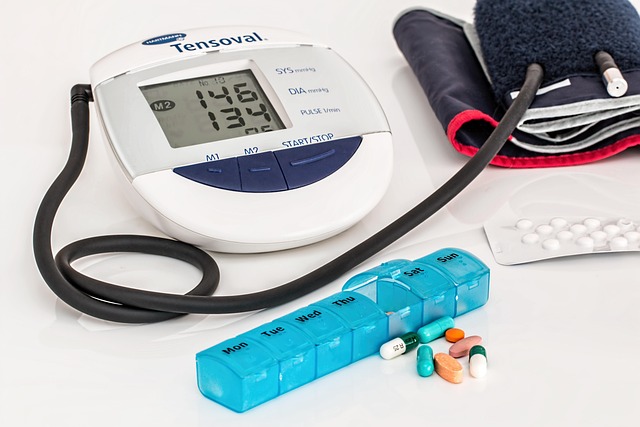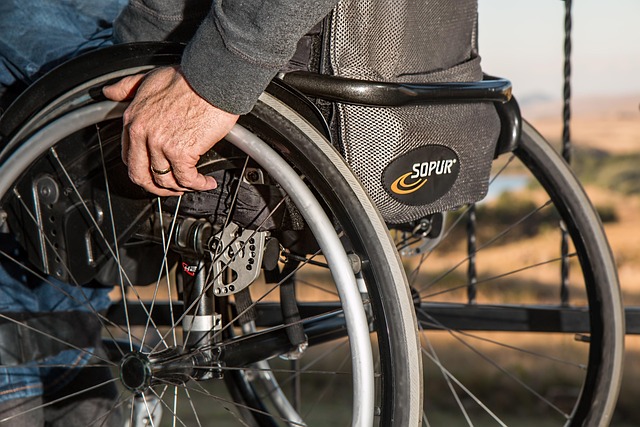Maximizing Sensor Performance: The Key to Intelligent Placement
In the rapidly evolving world of technology, sensors play a pivotal role in connecting the physical and digital realms. From smart homes and wearable devices to industrial automation and environmental monitoring, sensors are the silent workhorses that gather crucial data. But no matter how advanced a sensor is, its performance hinges heavily on one essential factor: intelligent placement.
Why Intelligent Placement Matters
Imagine a high-precision temperature sensor installed in a cramped, poorly ventilated corner where heat tends to accumulate. Despite its capabilities, it might register skewed readings. Alternatively, a motion sensor placed too high or obstructed by objects may fail to accurately detect movement. These scenarios highlight that the mere presence of a sensor doesn’t guarantee effectiveness—the location is just as vital.
Intelligent placement involves strategic consideration of the environment, sensor characteristics, and the purpose it serves. It ensures that sensors capture the most accurate, relevant, and comprehensive data possible, which is crucial for making informed, timely decisions.
Understanding the Environment
Every environment has unique variables that affect sensor performance. Temperature fluctuations, humidity, lighting conditions, electromagnetic interference, and physical obstructions all influence how a sensor reads and communicates data. By carefully studying these factors, one can identify ideal spots that optimize sensor functionality.
For example, in industrial settings, placing vibration sensors directly on machinery parts where wear and tear occur ensures early detection of faults. In agricultural applications, moisture sensors embedded at root level offer precise insights into soil hydration, enabling efficient irrigation.
Tailoring Placement to Sensor Type and Purpose
Not all sensors are created equal, and understanding their distinct operational parameters is crucial for effective placement. Proximity sensors require a clear field of detection, while gas sensors might need to be positioned near potential leak sources. Similarly, acoustic sensors benefit from locations with minimal ambient noise interference.
Moreover, considering the intended application guides positioning decisions. Security cameras and motion detectors are best placed where movement is expected, avoiding blind spots. Air quality sensors should be situated where pollutants accumulate, such as near traffic areas or industrial exhausts.
Leverage Technology for Optimal Arrangement
Advancements in analytics and simulation tools have empowered engineers and designers to optimize sensor placement before physical implementation. Software models can simulate environmental conditions and predict sensor responsiveness in various locations, saving time and reducing costly trial-and-error.
Additionally, integrating multiple sensors strategically in a network not only improves accuracy through redundancy but also offers comprehensive coverage. This approach makes intelligent placement a design philosophy rather than an afterthought.
Benefits of Intelligent Placement
- Enhanced Accuracy: Sensors positioned correctly provide more reliable and precise data.
- Increased Longevity: Proper placement avoids environments that can degrade sensor components prematurely.
- Improved Efficiency: Reduces false alarms and minimizes the need for frequent recalibration or replacement.
- Cost Savings: Optimized performance means less downtime and maintenance expenses over time.
In conclusion, maximizing sensor performance is not just about choosing cutting-edge devices, but mastering the art and science of intelligent placement. By carefully analyzing the environment, understanding the sensor’s unique needs, and employing modern design tools, we can unlock the full potential of sensors, transforming data into actionable intelligence that drives smarter decisions and innovations across industries.




